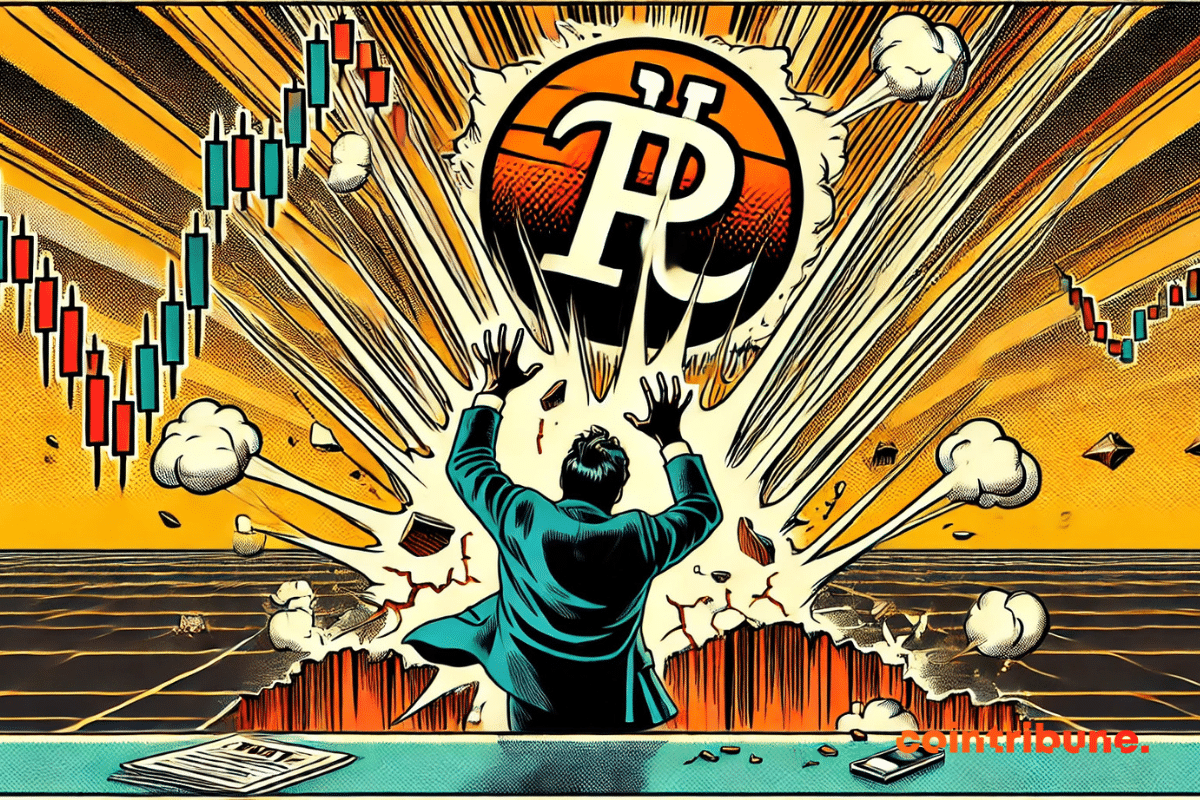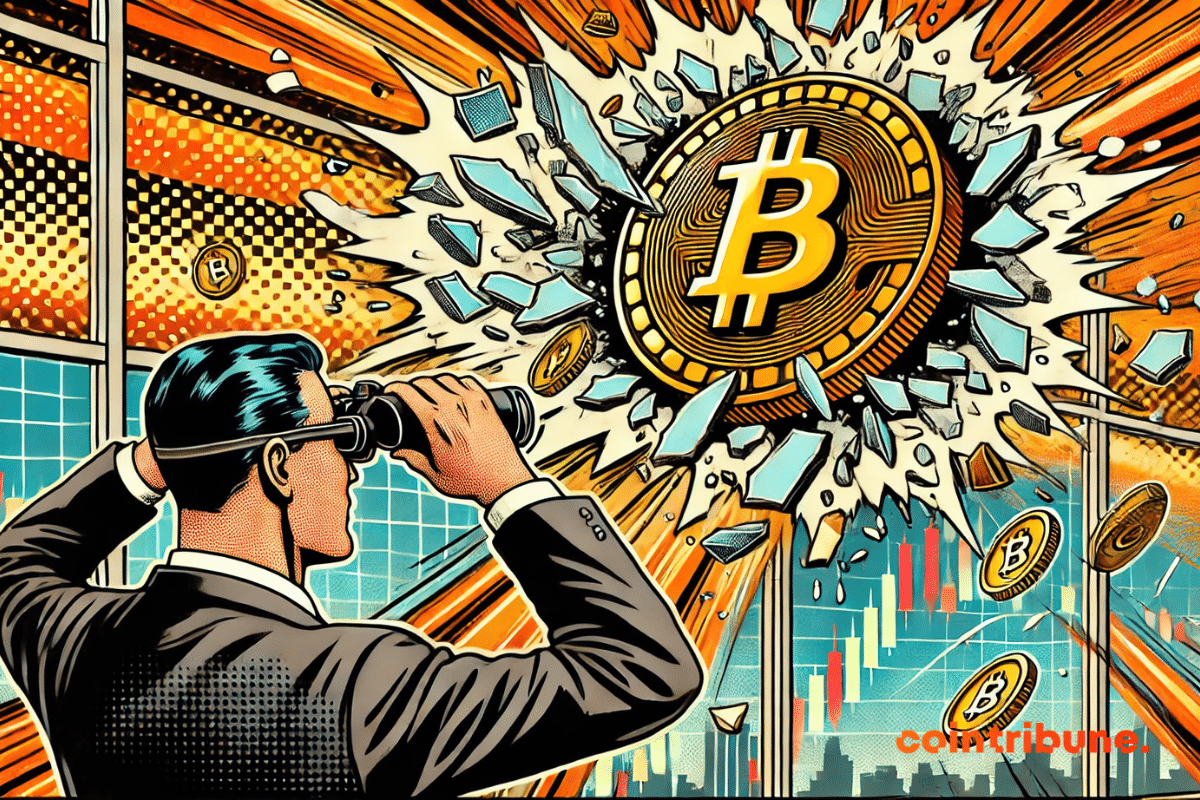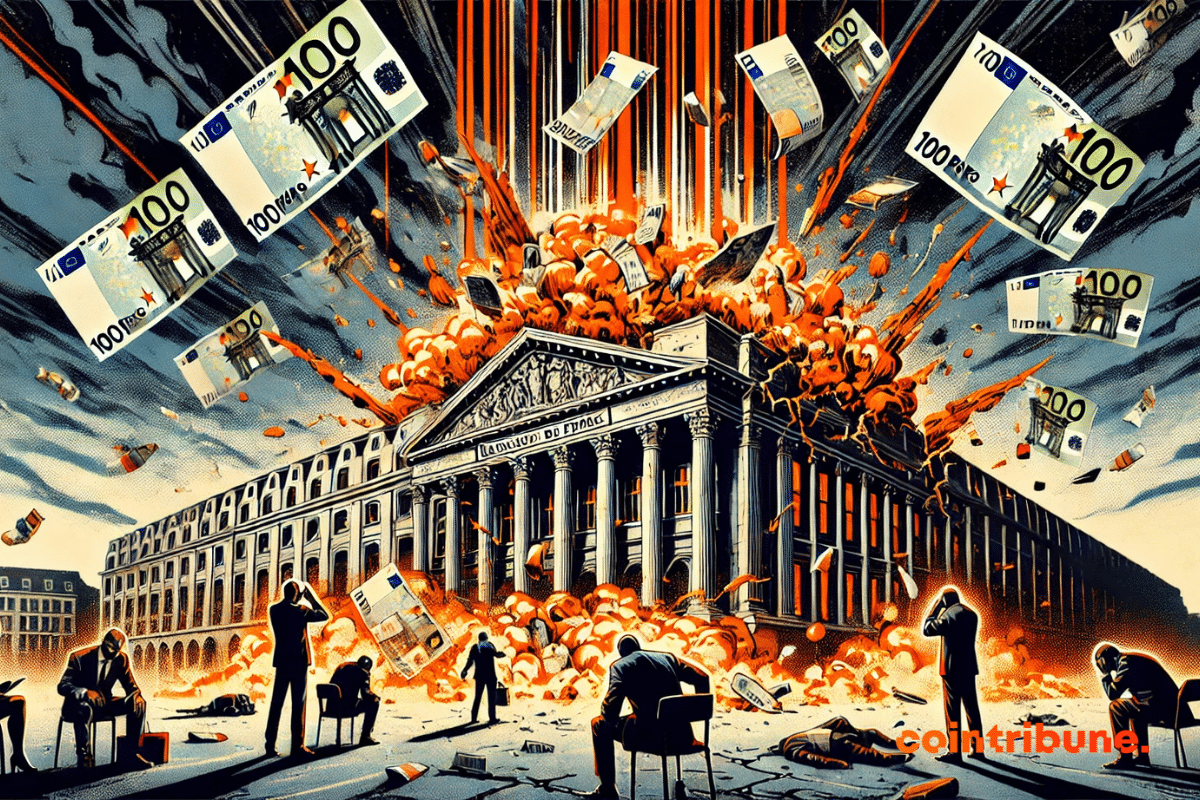The bitcoin market enters a pivotal day with the expiration of $16.5 billion in options, a record that could shape its short-term trajectory. While the $90,000 mark seemed within reach, an unexpected pullback has weakened bullish positions, providing sellers with a strategic opportunity. In this battle between buyers and sellers, the outcome will depend on price movements in the coming hours, with potential impacts far beyond this single expiration. The market holds its breath, ready to tilt one way or the other.
Home » Archives for Luc Jose Adjinacou » Page 6
Luc Jose A.
Diplômé de Sciences Po Toulouse et titulaire d'une certification consultant blockchain délivrée par Alyra, j'ai rejoint l'aventure Cointribune en 2019. Convaincu du potentiel de la blockchain pour transformer de nombreux secteurs de l'économie, j'ai pris l'engagement de sensibiliser et d'informer le grand public sur cet écosystème en constante évolution. Mon objectif est de permettre à chacun de mieux comprendre la blockchain et de saisir les opportunités qu'elle offre. Je m'efforce chaque jour de fournir une analyse objective de l'actualité, de décrypter les tendances du marché, de relayer les dernières innovations technologiques et de mettre en perspective les enjeux économiques et sociétaux de cette révolution en marche.
When justice resolves a long-standing conflict, markets do not hesitate to draw their conclusions. Thus, the end of the duel between Ripple and the SEC goes beyond the judicial framework: it reshapes the future of XRP. As regulatory uncertainty fades, a new dynamic emerges. Predictive markets are already getting excited: is an XRP ETF now inevitable? With influential players watching for any opening, Ripple may finally see a door that has long been closed open. But, is the SEC ready to take this step?
In the crypto market, where turbulence is common, some declines stand out more than others. Pi Network, once seen as a promising project, has seen its price collapse to a historic low, shaking investor confidence. As the token struggles to gain ground on major exchange platforms, its trading volume is dropping, a sign of growing disinterest. Can Pi still rebound, or are we witnessing the collapse of a promise never fulfilled?
Predictions shape the crypto market, especially when they come from seasoned analysts. As Bitcoin surpasses $85,000, attention turns to its outlook. One statement particularly stands out: Timothy Peterson estimates a 75% probability that BTC will reach a new ATH by the end of the year. His analysis is based on historical data from the network, far from risky speculations. As the halving approaches, this forecast fuels debates and could influence investors' decisions.
All eyes are on the PCE index, a barometer of inflation in the United States. Due on March 28, this figure could trigger a upheaval in risky asset markets. Bitcoin, in the crosshairs, could be the first beneficiary or the first victim. In a climate of geopolitical tensions and monetary uncertainties, this publication represents a decisive test to gauge speculative appetite and the strength of the bullish momentum in cryptocurrencies.
The classic altseason pattern, the moment when altcoins explode after a surge in Bitcoin, seems to belong to the past. Despite a bullish market, the dynamics observed during previous cycles are not repeating. An unprecedented redistribution of capital flows is disrupting the rules of the game. The rise of memecoins, extreme volatility, and the growth of institutional investors are profoundly altering the crypto landscape. The current cycle marks a turning point where the old logic of asset rotation gives way to a more pronounced segmentation of the market.
eToro is making its mark in the big leagues. The social trading platform, a symbol of the democratization of investment, has officially launched its initial public offering (IPO) process in the United States. In a market where tech IPOs are regaining momentum, this strategic move underscores eToro's ambition to consolidate its global presence and compete with American giants in online brokerage.
GameStop is shaking things up. Indeed, the board of directors of the video game giant has just approved the addition of bitcoin to its treasury. Far from a mere publicity stunt, this decision marks a strategic break for a company in the midst of transformation, firmly intent on aligning with new economic dynamics after years of instability. A strong signal to the markets and the crypto ecosystem.
The spectacular rise of Solana (SOL) by 8% this Monday, along with Bitcoin (BTC) nearing $90,000, illustrates the current volatility of the crypto market. However, this impressive momentum is closely linked to global economic developments, particularly the trade tensions caused by the United States, which weigh on the future of cryptocurrencies and investor confidence.
Russia is at a major economic turning point, burdened by surging military expenditures and an escalating energy crisis. As financial resources dwindle, the cost of the conflict in Ukraine becomes unsustainable. By 2025, rising military spending and falling energy revenues will confront the country with an unprecedented economic challenge.
After a decisive legal victory against the SEC, XRP, Ripple's cryptocurrency, is experiencing a meteoric rise. This advancement has propelled its price and rekindled the hopes of investors betting on a bright future for blockchain. Analysts are forecasting a spectacular increase, with price targets potentially reaching unprecedented heights.
The Bank of France finds itself in 2024 facing an unprecedented financial situation with an operating loss of 17.7 billion euros. This loss, far from being anecdotal, highlights deep vulnerabilities within the European financial system, exacerbated by inflation, rising interest rates, and the management of public debts.
Ethereum is once again in the spotlight. While its price flirts with a decisive technical level, indicators point to a possible rebound of 65%. In the shadows, BlackRock is massively increasing its exposure to ETH, surpassing one billion dollars in assets. This dual technical and institutional dynamic is repositioning Ethereum at the heart of bullish speculation.
Amid revolutionary announcements, technological advancements, and regulatory turbulence, the crypto ecosystem continues to prove that it is both a territory of limitless innovations and a battleground of regulatory and economic disputes. Here is a summary of the most significant news from the past week surrounding Bitcoin, Ethereum, Binance, Solana, and Ripple.
With over 47 million users, Pi Network intrigues as much as it divides. Driven by a mobile-first ambition, this massively adopted cryptocurrency remains absent from major exchange platforms such as Binance or Bybit. This absence raises questions about the transparency of the project and its strategic choices, in contrast to the standards required by centralized exchanges and institutional investors.














